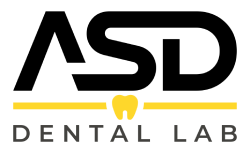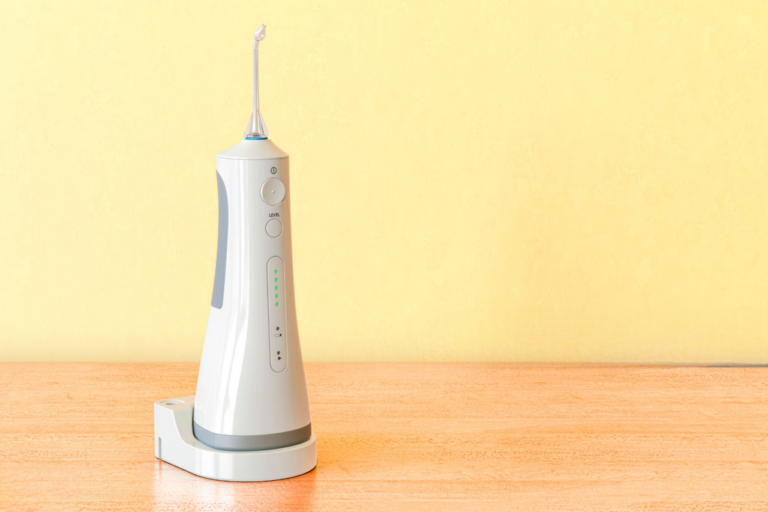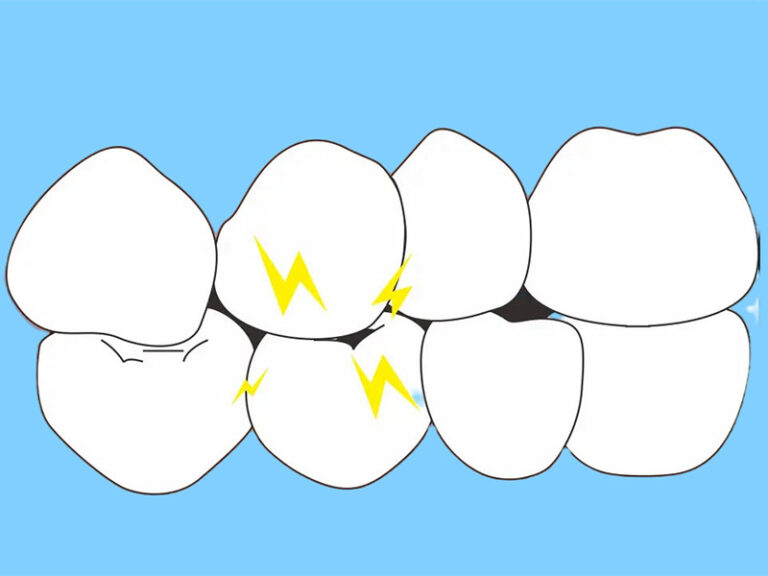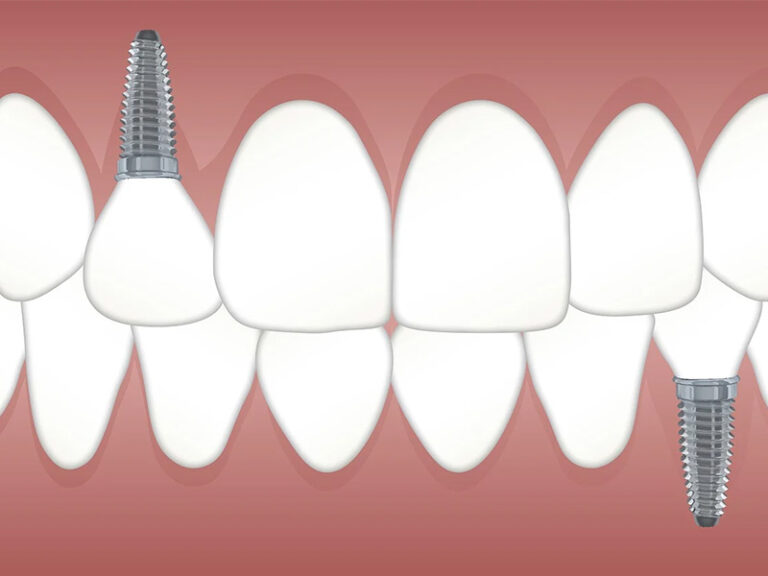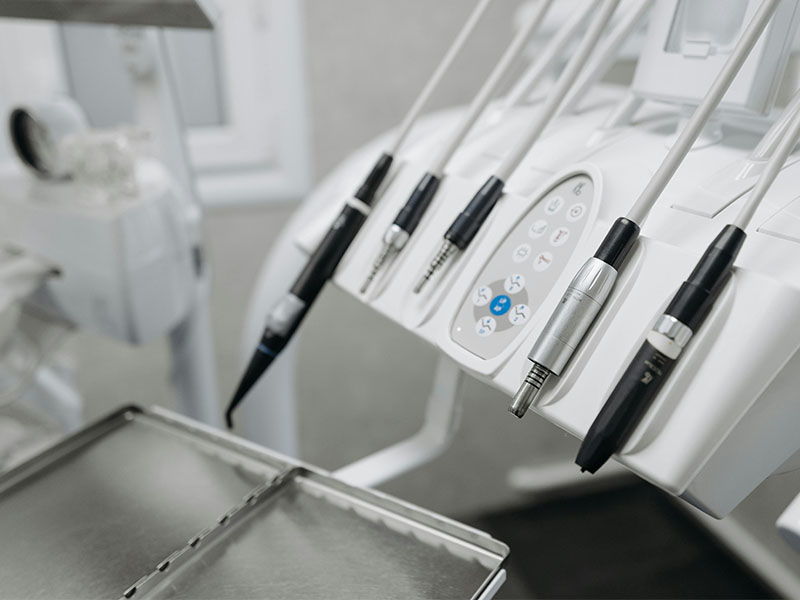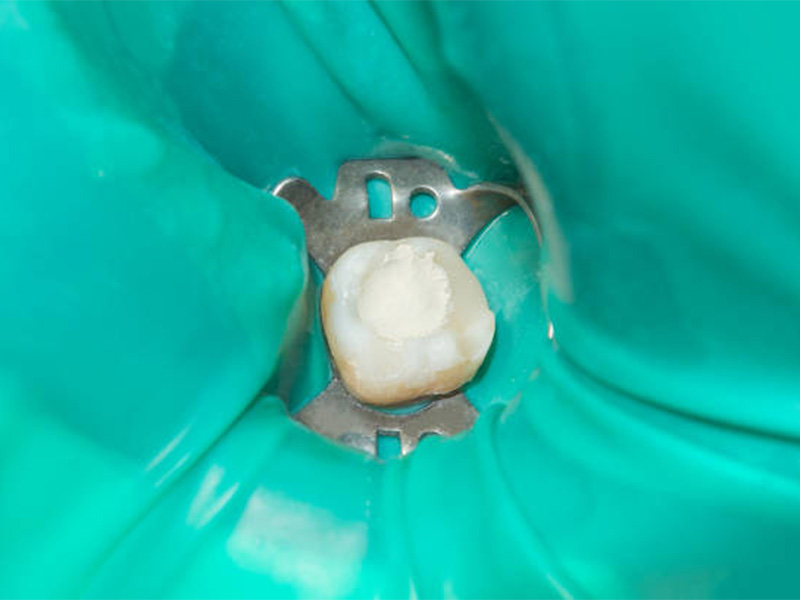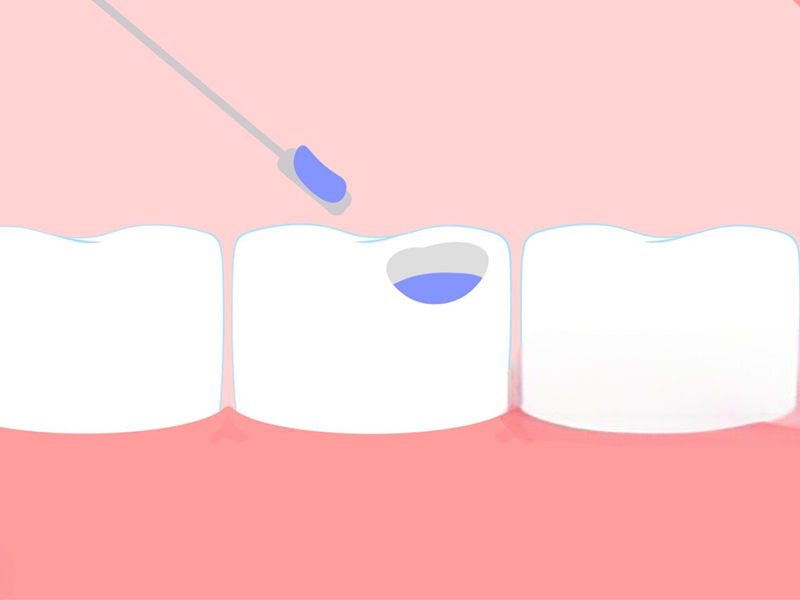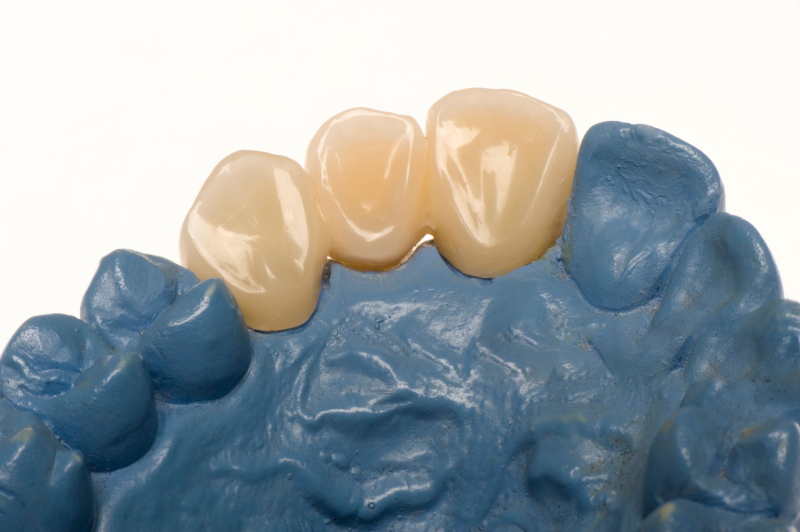
Oral Health for Public Well-Being: A Simple Guide
Oral health is very important for everyone. Our teeth and gums help us eat, speak, and smile. This article shows how good dental care and oral hygiene link to our overall public well-being. We will learn about the links between oral and general health, the challenges many people face, and the ways to help everyone have a healthy mouth. We use easy words and short sentences so that everyone can read and learn.
Tip: Read our related page on Emax Crowns Front Teeth for more on dental crowns.
Table of Contents
1. Introduction: Why Oral Health Matters
Good oral hygiene means clean teeth and gums. It helps you stay healthy. If you do not care for your mouth, diseases may occur. This is not just about your smile. It can affect your overall health in big ways.
- Dental care access is needed for all.
- Preventive dentistry stops problems before they start.
- Community health programs can teach us how to care for our teeth.
Many people do not get dental care due to problems like low-income populations and rural dental access issues. Our public health policy should help everyone. We must use health equity so that no one is left behind.
2. The Oral-Systemic Health Connection
Oral health and systemic health are linked. The state of your mouth can affect your body. Here are some key points:
- Gum disease is tied to diabetes, cardiovascular health, and respiratory infections.
- Poor oral hygiene can cause periodontal disease.
- Oral cancer screening and salivary diagnostics can help find problems early.
For example, people with periodontal disease have a 20% higher risk of heart problems. Pregnant women with gum disease may have a higher chance of preterm birth. These links show that dental health surveys and oral-systemic health links are very important.
See more: Learn about Digital Dental Lab solutions that help with early diagnosis.
3. Public Health Challenges in Oral Care
Many communities face problems with dental care access. Here are some challenges:
Access Disparities
- Many low-income populations do not see a dentist.
- Rural dental access is harder to get.
- A lack of Medicaid dental coverage makes care expensive.
A study shows that 74% of low-income adults lack dental insurance, while only 28% of higher-income adults have it. This shows the need for dental insurance reform and community water fluoridation programs.
Workforce Shortages
There are many dental workforce shortages. Only a small number of dentists work in low-income areas. This issue leads to dental workforce diversity problems. It affects preventive care and early behavioral interventions.
Policy Gaps
- Medicaid/CHIP programs do not fully cover dental care.
- Dental insurance reform is needed for better access disparities.
- Health technology assessments and social determinants of health studies can help guide public health policy.
These challenges highlight the need for community participatory research and better oral health surveillance systems.

4. Evidence-Based Strategies for Improvement
We have many ways to help people get better oral health. Here are some evidence-based strategies:
4.1 Community Water Fluoridation
• Community water fluoridation is a cost-effective prevention measure.
• It can reduce tooth decay by 25% in adults and children.
• This strategy is a part of many health promotion campaigns.
4.2 School-Based Programs
• School-based dental initiatives help kids learn good dental education.
• Sealants and fluoride treatment are given to prevent early decay.
• These programs can cut dental caries and raise oral hygiene literacy.
4.3 Teledentistry
• Teledentistry allows care in underserved areas.
• It uses remote care, interprofessional collaboration, and AI in early diagnosis.
• This reduces emergency dental care visits by 62% in some areas.
4.4 Health Promotion and Regulation
• Tobacco cessation programs and sugar-sweetened beverage policies help control decay.
• For example, Mexico’s soda tax cut sugary drink sales by 12% in two years.
• Such policies are examples of fiscal policy that support dental public health infrastructure.
Also read: Discover more about Flexible Denture for sensitive populations.
5. Vulnerable Populations: Targeted Interventions
We must care for all people. Some groups need extra care:
5.1 Aging Populations
- Geriatric oral care is key.
- Nursing home residents have high rates of untreated tooth decay.
- Special care like nursing home oral hygiene protocols can help.
5.2 Homelessness and Refugees
- Mobile clinics can reach refugee dental care and people who are homeless.
- Emergency dental care is crucial for these groups.
- Nonprofit dental clinics play a big role.
5.3 COVID-19 Lessons
- Many delayed dental visits during the pandemic.
- This slowed preventive dentistry and made oral health literacy worse.
- We now know to include oral hygiene in plans on how to manage respiratory infections.
A study found that 35% of adults delayed dental care during COVID-19. We must build more flexible denture repair systems and emergency dental care visits to help in crises.
6. Global and Local Policy Solutions
Good oral health is not just an individual matter. It is a public health imperative. We must work on both local and global levels.
6.1 Global Initiatives
Global groups such as:
- World Health Organization (WHO)
- FDI World Dental Federation
- International Association for Dental Research (IADR)
- Global Burden of Disease Study
- The Lancet Commission on Oral Health
These groups guide global oral health initiatives. They set health equity goals for the years ahead.
6.2 U.S. and Local Policies
In the United States:
- Healthy People 2030 sets oral health targets.
- Medicaid often falls short in dental insurance coverage.
- Dental quality alliance (DQA) and American Public Health Association (APHA) work for improvement.
6.3 Corporate and Community Programs
Many companies join to improve dental health:
- Colgate-Palmolive supports community programs.
- DentaQuest Partnership works on dental referral networks.
- Oral Health America and the National Oral Health Alliance push for change.
Learn more: Check out Dental Whitening Plates Trays to see how cosmetic improvements also connect to overall care.
7. Future Directions: Technology and Advocacy
The future of oral health is bright with new technology:
7.1 New Tools and Tech
- AI in early diagnosis helps spot problems sooner.
- 3D printing in prosthetics makes making dentures easier.
- Stem cell therapy and periodontal regeneration offer hope for repair.
7.2 Sustainable Dentistry
- Eco-friendly dental practices are being used to save our planet.
- Dental waste management is key.
- Climate change and oral health studies show how a healthy earth leads to healthy people.
7.3 Advocacy and Community Support
- Grassroots advocacy is strong.
- Oral health literacy grows with cultural competency in care.
- Good leadership from bodies like American Dental Association (ADA) and National Institute for Health and Care Excellence (NICE UK) make change possible.
See our info on: Emax Dental Crowns for an idea of how technology meets restoration.
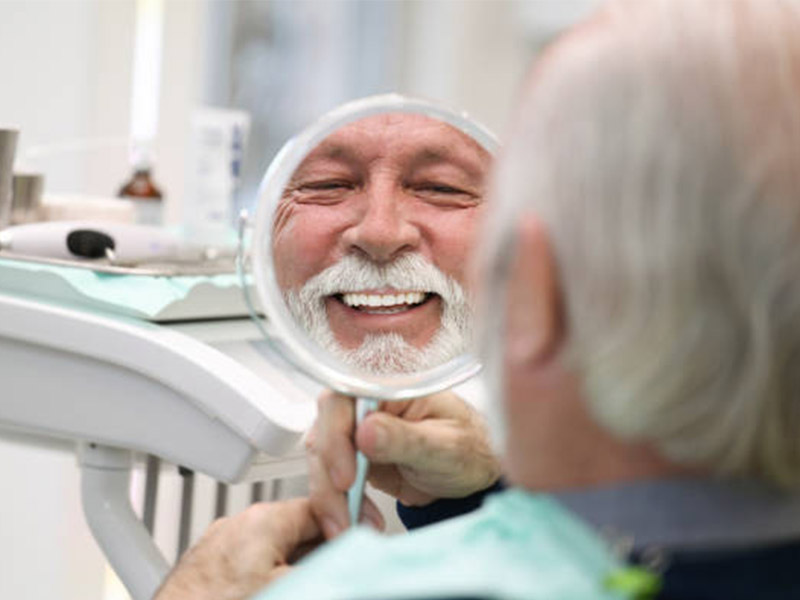
8. Tables with Data and Keywords
Below is a table that shows data, case studies, and statistics for oral health for public well-being:
| Category | Statistic/Case Study | Source | Relevance |
|---|---|---|---|
| Economic Impact | Poor oral health costs the U.S. $45B annually in lost work time. | cdc.gov | Shows how bad oral health can hurt the economy. |
| Global Burden | 3.5 billion people have oral diseases; 514M children have tooth decay. | who.int | Shows the big global problem we face. |
| Preventive Care | Community water fluoridation cuts tooth decay by 25%. | healthypeople.gov | Shows a cost-effective way to keep mouths healthy. |
| Access Disparities | 74% of low-income adults lack dental insurance vs. 28% of high-income adults. | nidcr.nih.gov | Tells us who needs more help with dental insurance reform. |
| Maternal Health | Gum disease increases preterm birth risk by 3x. | ncbi.nlm.nih.gov | Shows why maternal oral health is important. |
| School-Based Programs | Sealant programs prevent 80% of cavities in molars for 2+ years. | cdc.gov | Proves that early dental education works. |
| Teledentistry | 62% less emergency dental visits in rural areas after teledentistry use. | ada.org | Helps with remote care and digital dental lab tools. |
| Policy Success | Mexico’s soda tax reduced sugary drink sales by 12% over 2 years. | thelancet.com | Shows how sugar-sweetened beverage policies can reduce dental caries. |
| Aging Populations | 68% of nursing home residents have untreated tooth decay. | nia.nih.gov | Calls for better geriatric oral care. |
| Global Case Study | Sweden’s dental care gives 90% of children a cavity-free smile by age 15. | socialstyrelsen.se | A good model for universal pediatric dental care. |
| Workforce Shortages | Only 20% of U.S. dentists accept Medicaid, limiting care for 60M people. | kff.org | Shows a need for more dental workforce diversity and Medicaid dental coverage. |
| Oral-Systemic Link | Periodontal disease raises heart disease risk by 20%. | heart.org | Proves that oral health is part of overall health. |
| COVID-19 Impact | 35% of adults delayed dental care during the pandemic. | ada.org | Reminds us to be ready with emergency dental care in crises. |
| Indigenous Communities | Aboriginal children in Australia have 2.5x higher tooth decay rates. | aihw.gov.au | Shows the need for cultural competency in care and equitable dental care access. |
| Cost Savings | Each $1 spent on fluoridation saves $38 in treatment costs. | cdc.gov | Advocates for preventive dentistry and cost-effectiveness analysis. |
9. Conclusion: A Call to Action
Oral health is more than clean teeth and a bright smile. It is a key part of public well-being. The links between oral hygiene and overall health are clear. We see that preventive dentistry, community water fluoridation, and school-based programs can help us all. Teledentistry and emergency dental care fix problems when they happen.
We must work on dental insurance reform, improve dental care access, and support health equity. Better public health policy and community programs will ensure that everyone gets the dental care they need. Local and global leaders like the WHO, CDC, ADA, and others remind us that our oral health matters to all of us.
Let us act now. We can make a change by:
- Learning good dental hygiene habits.
- Supporting community health programs.
- Asking for better dental workforce diversity and access disparities solutions.
- Voting for leaders who see oral health as a step to a better life.
This is our chance to change lives. Oral health is not a luxury. It is a public need. We all must play our part.
Last tip: Explore Emax Dental Crowns for a peek at how smart design meets health.
10. Final Thoughts
Dental care access and preventive dentistry bring us health equity and a bright future. We have seen:
- Economic impacts that cost us billions.
- Preventive care that saves money.
- Health disparities that need our help.
- Innovative strategies like teledentistry that make life better.
When we care for our teeth, we care for our bodies. We care for our families and our communities. Let us join hands and use the power of oral hygiene to build a healthier world for all.
Every action counts. From the simple act of brushing to the support of global oral health initiatives, you help make a big difference. Our leaders and stakeholders—such as Bill & Melinda Gates Foundation and Colgate-Palmolive—support this cause. Yet, the true change starts with you and me.
We must act with cultural competency in care, embracing diverse needs:
- Pediatric dentistry teaches our kids.
- Geriatric oral care comforts our elders.
- Emergency dental care supports those in need.
Let us give voice to health promotion campaigns that show how these small acts lead to great change.
11. A Summary Table of Topics
Below is a quick table to guide you through the ideas in this article:
| Topic | Key Points |
|---|---|
| Oral-Systemic Health | Gum disease links to diabetes, heart disease, and more. |
| Public Health Challenges | Access disparities, workforce shortages, and policy gaps exist. |
| Evidence-Based Strategies | Community water fluoridation, school programs, teledentistry, and sugary drink policies help prevention. |
| Vulnerable Populations | Special care for seniors, the homeless, and refugees is key. |
| Policy Solutions | Global groups like WHO and local groups such as NIH and ADA drive change. |
| Future Directions | AI, 3D printing, sustainable practices, and advocacy shape tomorrow’s oral health care. |
12. Final List of Internal Links
Check out these helpful pages for more details on dental products and care ideas:
- Emax Crowns Front Teeth
- Emax Dental Crowns
- Flexible Denture
- Dental Whitening Plates Trays
- Digital Dental Lab
13. In Conclusion
We all share the need for good oral hygiene. By keeping our mouths clean, we help our bodies too. The path to a brighter future is built on good dental care access, preventive dentistry, and strong public health policy. Let us use these ideas and work together. Every smile matters.
Take care of your teeth. Be proud of your oral health. Let it shine with every smile and every healthy bite.
